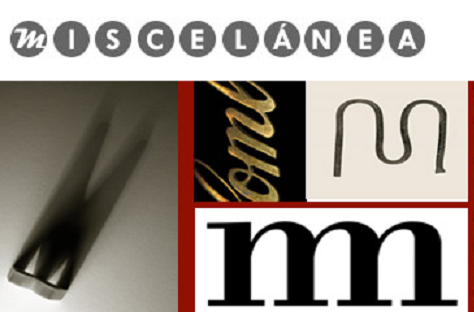"Forever Young: Consumer Culture and the Ageing Body in Hanif Kureishi’s “The Body”"
DOI:
https://doi.org/10.26754/ojs_misc/mj.20079765Palabras clave:
Proceso de envejecimiento, Cultura de consumo, El culto a la juventud, Apariencia física, Sociedad occidentalResumen
La sociedad británica contemporánea está envejeciendo. No obstante, la veneración por el cuerpo joven y bello, reflejo de atributos personales positivos, se vuelve cada vez más equívoca. Mientras que la revolución industrial perjudicó al estatus social y cultural de aquellos que llegaban a la vejez, una sociedad contemporánea basada en una ideología postmodernista y una cultura de consumo parece favorecer a aquellos que disimulan los signos físicos del envejecimiento mediante el uso y abuso de productos y técnicas rejuvenecedoras. Este artículo pretende analizar las contradicciones que existen en cuanto a las concepciones del cuerpo joven y viejo y, por extensión, de juventud y vejez en la sociedad británica —y occidental— contemporánea a través del análisis de la historia corta de Hanif Kureishi titulada “The Body.” Kureishi lleva estas contradicciones al extremo presentándonos una historia surrealista en la que el deseo de permanecer siempre joven se confunde con la necesidad de mantener los rasgos y la personalidad que definen a uno mismo como persona individual y como miembro de una comunidad que, progresivamente, está cambiando la ética por la estética.
Descargas
Referencias
BEAUVOIR, Simone de. (1970) 1996. The Coming of Age. Trans. Patrick O’Brian. New York and London: W.W. Norton & Company.
BAIKIE, Andrew. 1999. Ageing and Popular Culture. Cambridge: Cambridge U.P.
BOND, John, and Lynne Corner. 2004. Quality of Life and Older People. London: Open University.
COHEN, Anthony P. 1994. Self Consciousness. An Alternative Anthropology of Identity. London: Routledge.
FEATHERSTONE, Mike. 1991. “The Body in Consumer Culture”. In Featherstone, Mike, Mike Hepworth and Bryan S. Turner. (eds.) The Body: Social Process and Cultural Theory. London: Sage: 170-196.
FEATHERSTONE, Mike and Mike HEPWORTH. 1982. Surviving Middle Age. Oxford: Basil Blackwell.
FEATHERSTONE, Mike, Mike HEPWORTH and Bryan S. TURNER. (eds.) 1991. The Body: Social Process and Cultural Theory. London: Sage Publications.
HAZAN, Haim. 1994. Old Age, Constructions and Deconstructions. Cambridge U.P.
HEPWORTH, Mike. 2000. Stories of Ageing. Buckingham, Philadelphia: Open University.
HEWITT, Martin. 1991. “Bio-politics and Social Policy: Foucault’s Account of Welfare”. In Featherstone, M., M. Hepworth and B. S. Turner. (eds.): 225-255.
KUREISHI, Hanif. (2002) 2003. The Body and Seven Stories. London: Faber and Faber.
LASLETT, Peter. (1989) 1991. A Fresh Map of Life. The Emergence of the Third Age. London: Weidenfeld & Nicolson Limited.
POST, Stephen G. 1992. “Ageing and Meaning: The Christian Tradition”. Handbook of the Humanities and Aging. New York: Springer: 127-145.
TROYANSKY, David G. 1992. “The Older Person in the Western World: From the Middle Ages to the Industrial Revolution”. In Cole, Thomas R., David D. Van Tassel and Robert Kastenbaum. (eds.) Handbook of the Humanities and Aging. Handbook of the Humanities and Aging. New York: Springer: 40-61.
WOODWARD, Kathleen. 1991. Aging and Its Discontents. Bloomington and Indianapolis: Indiana U.P.
Descargas
Publicado
Número
Sección
Licencia
Derechos de autor 2007 Maricel Oró Piqueras

Esta obra está bajo una licencia internacional Creative Commons Atribución-NoComercial 4.0.


